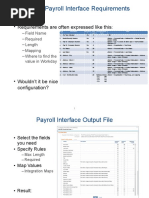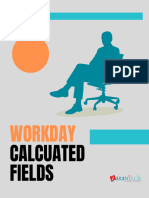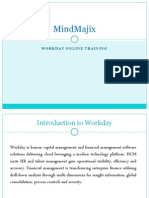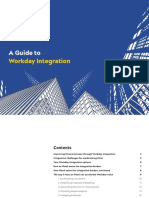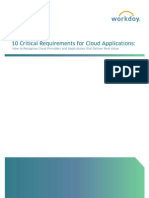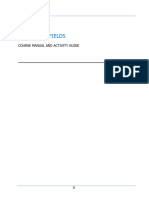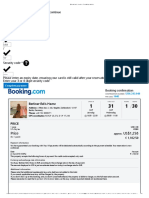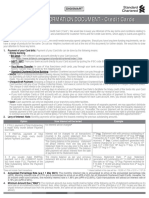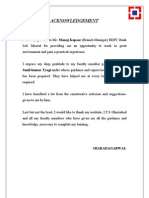0% found this document useful (0 votes)
318 views26 pagesFinance Interview Questions
The document outlines key functional questions and answers related to Workday Financial Management, covering core concepts, organization structures, worktags, banking, settlements, security, business processes, financial accounting setup, and accounts payable. It provides a comprehensive overview of how Workday manages financial transactions, reporting, compliance, and integrates with other modules. Each section includes specific functionalities and processes within Workday Finance, emphasizing its cloud-based ERP capabilities.
Uploaded by
rrtech217Copyright
© © All Rights Reserved
We take content rights seriously. If you suspect this is your content, claim it here.
Available Formats
Download as DOCX, PDF, TXT or read online on Scribd
0% found this document useful (0 votes)
318 views26 pagesFinance Interview Questions
The document outlines key functional questions and answers related to Workday Financial Management, covering core concepts, organization structures, worktags, banking, settlements, security, business processes, financial accounting setup, and accounts payable. It provides a comprehensive overview of how Workday manages financial transactions, reporting, compliance, and integrates with other modules. Each section includes specific functionalities and processes within Workday Finance, emphasizing its cloud-based ERP capabilities.
Uploaded by
rrtech217Copyright
© © All Rights Reserved
We take content rights seriously. If you suspect this is your content, claim it here.
Available Formats
Download as DOCX, PDF, TXT or read online on Scribd
/ 26

